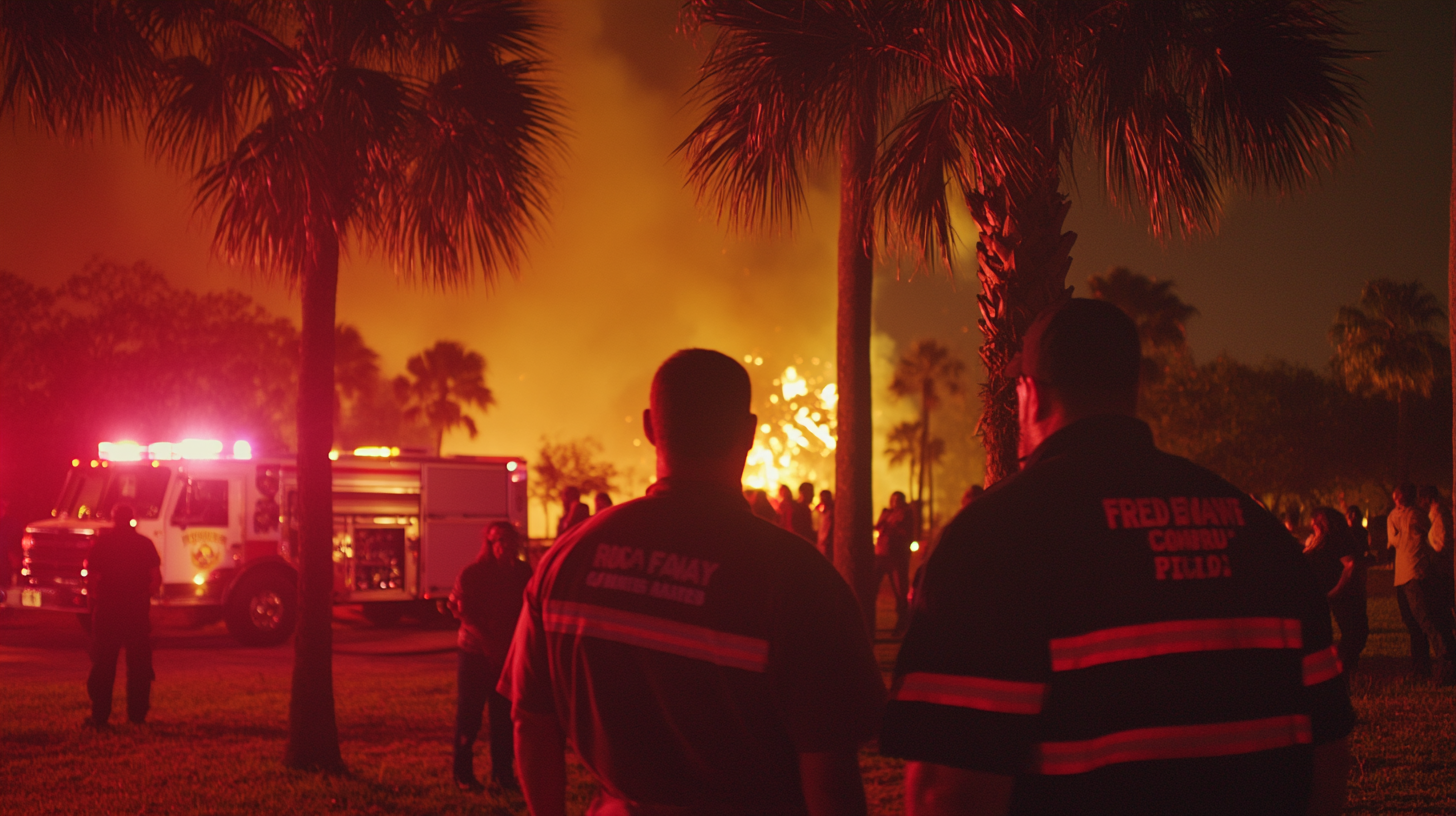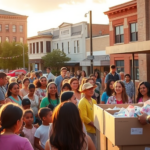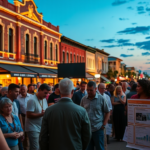Red Flag Warning: How to Prevent Wildfires in the Rio Grande Valley
As the National Weather Service issues a Red Flag Warning for the Rio Grande Valley (RGV) due to upcoming dry conditions and high winds, local authorities are emphasizing the importance of community awareness and preventative measures to minimize wildfire risks. This warning is particularly significant for residents of South Texas, a region where community interest strongly aligns with environmental stewardship and preservation.
The Urgency of the Warning
Issued ahead of a high-risk weekend, the Red Flag Warning highlights the combination of low humidity, arid conditions, and gusty winds, which collectively heighten the threat of wildfires. ValleyCentral meteorologist Craig Verley explains the precarious situation: “We’ve got a lot of very dry vegetation out there, and then you add in a lot of dry air, breezy conditions, and warm temperatures on top of that. It means any small spark can start a fire quickly and spread much faster.”
Rocky Gonzalez, a Harlingen Fire Department lieutenant, sheds light on the implications of the warning. “A fire watch warning was upgraded to a Red Flag Warning, which means outdoor burning is prohibited,” he asserts. Gonzalez underscores the accelerated spread potential of fires under such conditions: “High temperatures and low humidity combined with the wind can drive fires to move rapidly.”
Preventive Measures for Valley Residents
To mitigate the risks, Gonzalez advises residents to undertake specific precautions. “Check your backyard for dry vegetation—leaves, and branches—and clear them out. Smokers should never discard cigarettes on the ground or out car windows. It’s essential to manage any dry grass near your home.”
Other preventive tips include ensuring trailers are not dragging chains across pavement, which can produce sparks, and avoiding driving vehicles over tall grass, where muffler heat can ignite fires. These straightforward actions, when collectively observed, can drastically reduce potential ignition sources in the RGV.
Impacts and Community Response
The RGV’s economy and way of life are closely tied to its land and natural resources. Therefore, wildfires present a significant threat not only to personal property and safety but to the broader social and economic structures as well. The community’s response is crucial in minimizing losses and ensuring the safety of its residents and environment.
The region has previously encountered challenges brought forth by natural hazards, which makes the community’s proactive strategy even more crucial. Past situations have demonstrated the importance of a united approach, where residents, local authorities, and organizations collaborate to safeguard the community.
Juan Rodriguez, a Brownsville resident actively involved in local sustainability initiatives, acknowledges the importance of communal efforts: “We’ve seen before how a small spark can lead to significant damage. By each of us doing our part, we can protect not only our homes but our entire community.”
Looking Ahead: Future Implications
As weather patterns continue to shift, the RGV may face similar conditions throughout the fire season. Meteorologist Verley cautions: “We can expect more fire watch warnings and Red Flag Warnings if this lack of rain and dry conditions persist.”
For the community, this means sustained vigilance and preparation are required to adapt to changing conditions. Local governmental and environmental bodies must prioritize creating long-term strategies to better manage and mitigate fire risks.
The possibility of recurring Red Flag Warnings also raises pivotal discussions about resource allocation and the need for effective communication channels between authorities and residents. Preparing the region for sustained dry conditions will be integral to maintaining public safety and regional stability.
Resources and Community Engagement
To stay informed and prepared, RGV residents can access resources and information offered by local authorities. The Cameron County Fire Marshal’s office plans to hold informational sessions to engage the public and provide guidance on fire prevention tactics. Additionally, updates from the ValleyCentral weather team, including real-time weather radar and alerts, are available via their app and website.
Community-driven initiatives, like neighborhood meetings and workshops, can also serve as essential platforms for education and collective action. By fostering a culture of awareness and preparedness, the RGV can continue to thrive despite the challenges posed by increased wildfire risks.
In conclusion, while the Red Flag Warning and potential for wildfires present significant concerns, they also offer an opportunity for Valley residents to unite around common interests and protect their shared environment. Through informed, proactive approaches, the RGV can preserve its unique landscape and community well-being, ensuring a sustainable future for generations to come.







